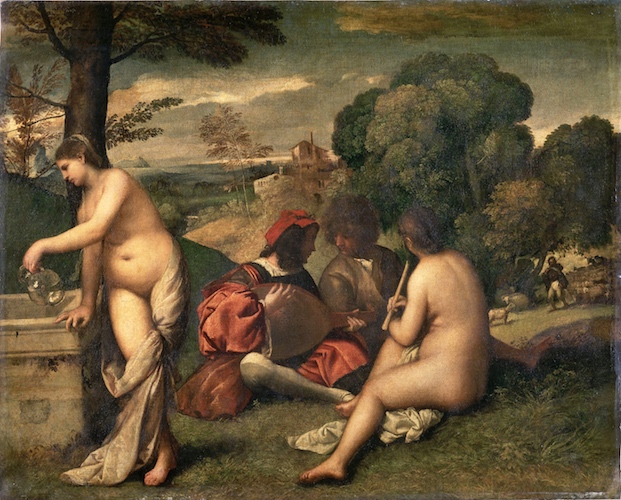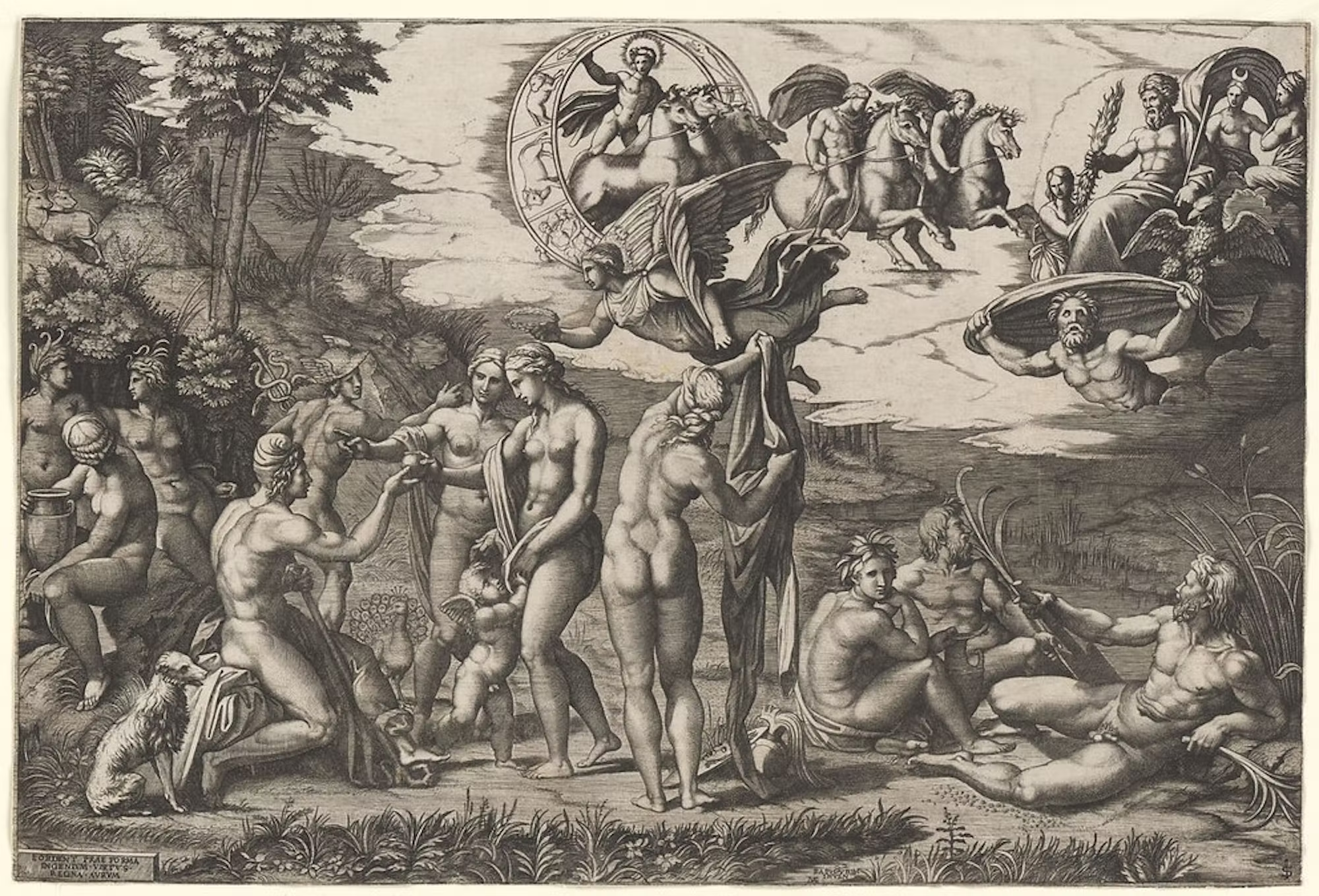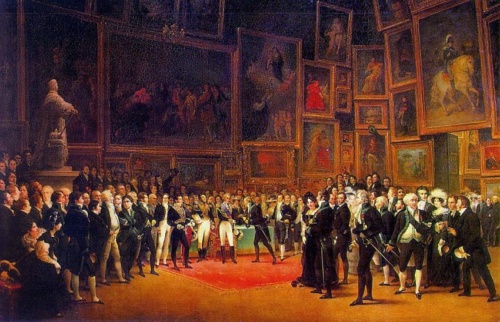
CURATOR’s EYE
Mano Okaaki|Painting for Speech. Abstract paintings that reveal a primitive narrative.
Follow TRiCERA on Instagram and check out our creative artists
5%OFF & free shipping 1st purchase
FIRSTART5
10%OFF 2nd purchase after 1st purchase!
Welcome to TRiCERA
Hi there! We are pleased to have you here 🎉
Could you please describe yourself?
Guest
Lunch on the Grass (Dejeuner sur l'Herbe, 1863) is one of those Impressionist works that broke away from the classical idea that art should follow established conventions and seek to be timeless.
The work was rejected by the Salon, which exhibits paintings approved by the official French Academy.
The reason was not so much the classical subject matter of Manet's depiction of the female nude, but the modernity of the painting, accompanied by a clothed bourgeois man.
The suggestion that she might be a model or a prostitute, rather than a goddess, turned the tables on viewers, including critics.
In fact, with Lunch on the Grass, Manet was paying homage to the unbroken history of European painting.
While paying homage to Titian's "Rural Ensemble," Manet drew inspiration for the composition of the central group from prints by Marcantonio Raimondi after Raphael's "The Judgment of Paris.
Titian, "Rural Ensemble
Marcantonio Raimondi
The presence of a naked woman among clothed men could not be justified in light of either mythological or allegorical precedent.
This strange and unrealistic scene was obscene in the eyes of the public at the time.
Manet himself jokingly named the painting "La partie Carrée" ("The banquet of the four").
Manet exhibited the painting at the Salon des Independents, an alternative salon for those who had been denied admission to the formal salon.
Like his friend Gustave Courbet, Manet influenced modern painting not only through his use of realistic subject matter, but also by challenging the three-dimensional perspective established in Renaissance painting.
Manet's figures are flat and derived from Japanese art, and Courbet's comment, "They resemble the flatness of kings and queens in playing cards," is an accurate description of Manet's style.

Writer
TRiCERA ART
Lunch on the Grass (Dejeuner sur l'Herbe, 1863) is one of those Impressionist works that broke away from the classical idea that art should follow established conventions and seek to be timeless.
The work was rejected by the Salon, which exhibits paintings approved by the official French Academy.
The reason was not so much the classical subject matter of Manet's depiction of the female nude, but the modernity of the painting, accompanied by a clothed bourgeois man.
The suggestion that she might be a model or a prostitute, rather than a goddess, turned the tables on viewers, including critics.
In fact, with Lunch on the Grass, Manet was paying homage to the unbroken history of European painting.
While paying homage to Titian's "Rural Ensemble," Manet drew inspiration for the composition of the central group from prints by Marcantonio Raimondi after Raphael's "The Judgment of Paris.
Titian, "Rural Ensemble
Marcantonio Raimondi
The presence of a naked woman among clothed men could not be justified in light of either mythological or allegorical precedent.
This strange and unrealistic scene was obscene in the eyes of the public at the time.
Manet himself jokingly named the painting "La partie Carrée" ("The banquet of the four").
Manet exhibited the painting at the Salon des Independents, an alternative salon for those who had been denied admission to the formal salon.
Like his friend Gustave Courbet, Manet influenced modern painting not only through his use of realistic subject matter, but also by challenging the three-dimensional perspective established in Renaissance painting.
Manet's figures are flat and derived from Japanese art, and Courbet's comment, "They resemble the flatness of kings and queens in playing cards," is an accurate description of Manet's style.

Writer
TRiCERA ART